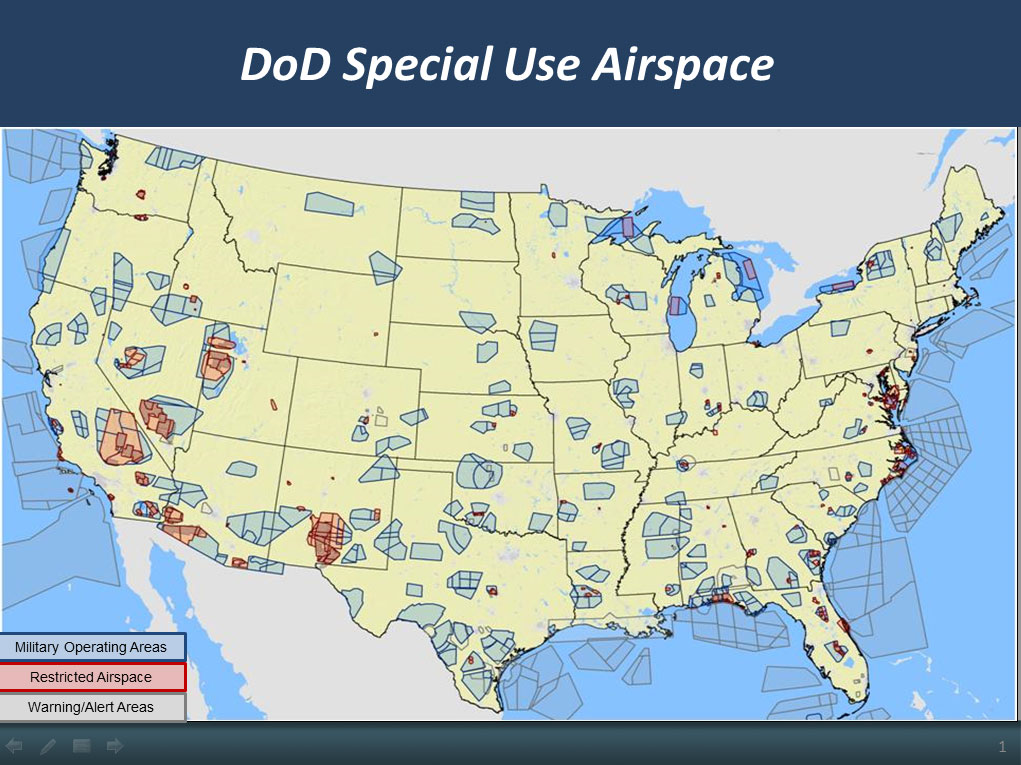Since 2006, DoD has had very specific and stringent guidance on the domestic use of DoD UAS. On occasion, DoD operates UAS domestically in support of a request from Federal or State civilian authorities. DoD only conducts these operations with the approval of the Secretary of Defense, who in 2018, delegated the approval of the use of smaller UAS to the Secretaries of the Military Departments, or the Geographic Combatant Commander where smaller UAS use supports Force Protection and Defense Support of Civil Authorities. This policy direction is set out in the Secretary of Defense Policy Memorandum titled Guidance for the Domestic Use of Unmanned Aircraft Systems in U.S. National Airspace. This guidance also states that armed DOD UAS may not be used in the United States except for training, exercises, and testing purposes. Additionally, in recognition of the potential value of UAS, the Secretary of Defense has authorized State Governors to use smaller UAS by State National Guard units conducting Search and Rescue, and Incident and Awareness and Assessment missions, while in a State Active Duty status.
The primary purpose, and large majority, of DoD domestic UAS operations is for DoD forces to gain realistic training experience, test equipment and tactics in preparation for potential overseas warfighting missions, which occasionally also contributes DSCA training and exercises. DoD has logged millions of UAS flight hours worldwide. This extensive experience is the foundation of the Department’s careful adherence to aviation safety policies and procedures regarding both manned and unmanned aircraft. The Department of Defense fields DoD UAS across all four Services, including the National Guard. The Department currently operates more than 11,000 UAS in support of domestic training events and overseas contingency missions. These aircraft range in size from the small RQ-11B Raven to the largest RQ/MQ-4 Global Hawk/Triton, which weighs more than 32,000 pounds.
 DoD UAS currently do not have direct access to the National Airspace System (NAS), unlike manned aircraft. In order for DoD UAS to operate in the NAS, the Department of Defense is required to obtain a Certificate of Waiver or Authorization (COA) from the Federal Aviation Administration (FAA). A COA allows DoD UAS to fly pre-coordinated flight routes to DoD special use airspace.
DoD UAS currently do not have direct access to the National Airspace System (NAS), unlike manned aircraft. In order for DoD UAS to operate in the NAS, the Department of Defense is required to obtain a Certificate of Waiver or Authorization (COA) from the Federal Aviation Administration (FAA). A COA allows DoD UAS to fly pre-coordinated flight routes to DoD special use airspace.
The vast majority of DoD UAS training is conducted in airspace delegated by the FAA for DoD use. Airspace delegated by the FAA for DoD use includes Special Use Airspace delegated by the FAA for DoD use (SUA), temporary Air Traffic Control Assigned Airspace Areas (ATCAA), airspace above land with express permission of the landowner or government-owned or -leased land as permitted by DoD-FAA MOA, U.S. National Airspace delegated by the FAA for DoD use to provide air traffic services, U.S. National Airspace under an approved FAA Certificate of Waiver or Authorization (COA), and airspace delegated by the FAA and coordinated with DoD for permanent, long-term and short-term requirements.
Upon DoD request, the FAA may issue a Class G COA via notification for low-altitude training operations in uncontrolled airspace. Class G COA via notification are issued for small-UAS that operate over government land, government-leased land or with permission of the landowner while the operator maintains sight of the aircraft.